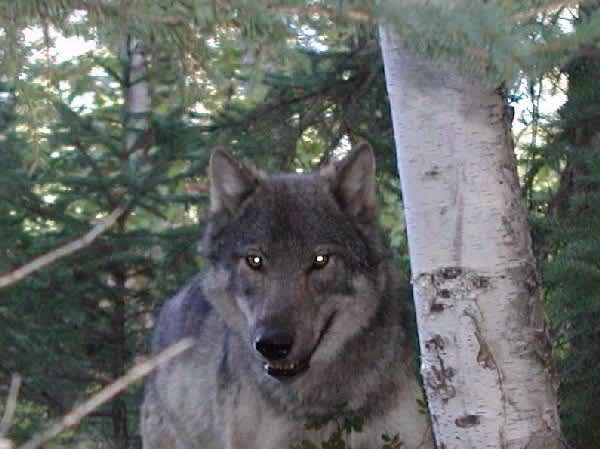Minnesota Teen Alive Following State’s First Confirmed Wolf Attack
OutdoorHub Reporters 08.27.13

Minnesota resident Noah Graham, 16, is now being treated for a head wound and possible rabies infection after a violent encounter with a gray wolf on Saturday. According to WCCO, the teen became a victim of the first recorded wolf attack in Minnesota during a visit to Lake Winnibigoshush. Graham was staying at the West Winnie Campground with friends from his church, and was preparing to sleep when the wolf approached the camp in the early morning. The teen did not see the animal coming and only knew he was under attack when he felt the wolf biting his head.
“The wolf just came up behind Noah, he didn’t hear anything, and it just grabbed him by the back of the head and wouldn’t let go,” Noah’s father Scott Graham told WCCO. ““He had to physically pry the jaws of the wolf open […] to get it off of him.”
It eventually took shouting and kicks to drive the estimated 75-pound animal out of the camp, but the teen did not escape unscathed. A large laceration on the back of Graham’s head required 17 staples and the bite carried with it the risk of rabies. Although rabies treatment no longer requires painful injections in the stomach, the process is still expensive and time-consuming. Rabies is only successfully treated in the early stages of the illness, before symptoms show.
Trappers working with the U.S. Department of Agriculture were able to capture and euthanize the wolf, which was later sent to a diagnostic lab to test for disease.
“Our records do not reflect that we’ve had wolf attacks like this in Minnesota,” said Col. Ken Soring, director of enforcement for the Minnesota Department of Natural Resources.
Wolf attacks are rare and even unheard of in many states, although farmers say wolves present a constant threat to their livestock. Gray wolves were once all but extinct in the lower 48 states, but a successful restoration program by the U.S. Fish and Wildlife Department and conservationists have returned the species to a fraction of their natural range. With growing populations, many fear that the wolves will begin to have a bigger impact on wild game, livestock, and even cause confrontations with humans.
The laboratory found that the wolf that attacked Graham had a deformed jaw, which may explain why the wolf was so close to the campground. The deformity could have made the animal reliant on scraps left by the campers to survive.
“It’s too early to speculate as far as the condition or the causes with this animal, but it is not characteristic of wolves to approach people,” Col. Soring said.

